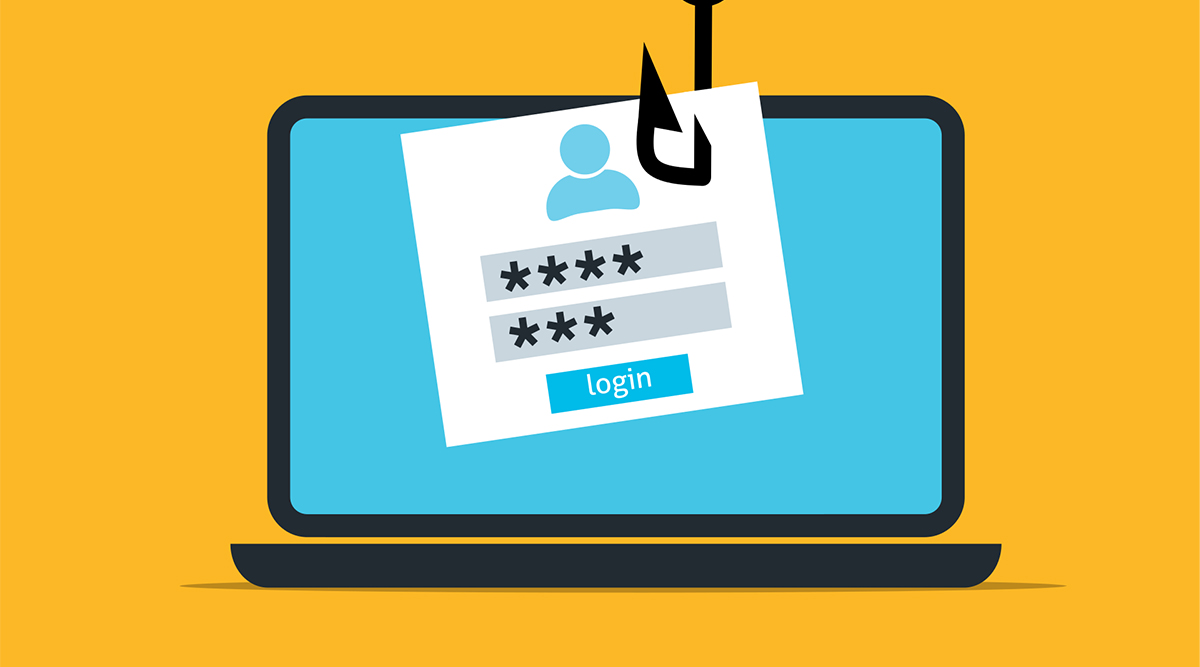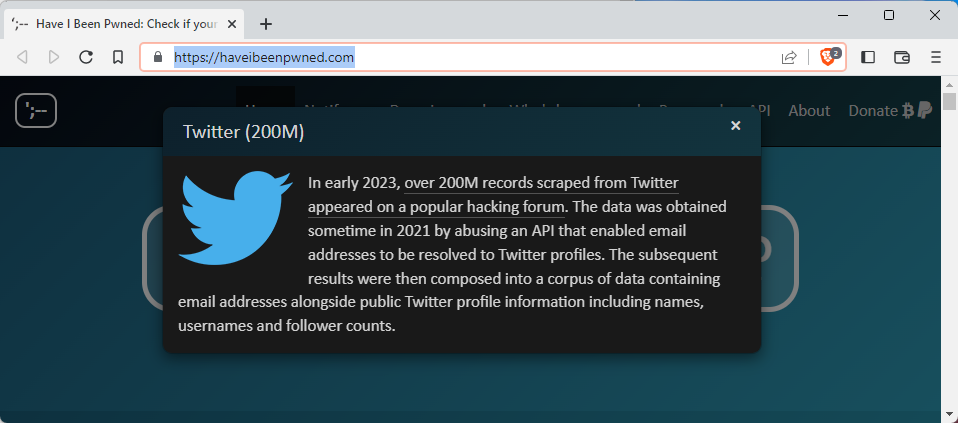This article was brought to you by Must Share Good Things. Check us out and follow us on our Tiktok, Facebook, Instagram or Telegram for more content!
–
What happened to Twitter?
The disclosure of email addresses places pseudonymous social network users in jeopardy. Researchers now suggest that a widely shared collection of email addresses related to roughly 200 million users is likely a modified version of the broader trove with duplicate entries eliminated, after allegations at the end of 2022 that hackers were selling data stolen from 400 million Twitter users.

The social network responded that it found “no evidence” that was obtained by exploiting vulnerabilities in its systems, but the cache of data explains the gravity of the leak and who may be most vulnerable as a result of it.
A weakness in a Twitter application programming interface, or API, allowed attackers to input contact information such email addresses and obtain the corresponding Twitter account, if any. Before the flaw was addressed, attackers used it to “scrape” data from the social network.
While the bug did not allow hackers to access passwords or other sensitive information such as direct messages, it did reveal the link between Twitter accounts, which are frequently pseudonymous, and the email addresses and phone numbers associated with them, potentially identifying individuals.
How dangerous is a leaked email?

Presently, our email inboxes contain a goldmine of information about us that hackers may use. “Most people have one email account that they use for everything: contacting their doctor, receiving financial institution notifications, or potentially [performing] significant financial transactions, such as purchasing or selling a home”.
Hackers can exploit your email account to send phishing emails and get vital information, such as your log-in credentials and financial information, which they can then use to perform other crimes, such as identity theft. Once a hacker knows your email address, your personal and financial information—as well as that of your friends, family, and other contacts—could be at risk.

While the vulnerability was operative, it appears that numerous actors used it to create various data sets. One circulating on criminal forums during the summer had the email addresses and phone numbers of around 5.4 million Twitter users. The vast, recently discovered collection appears to simply include email addresses. However, extensive distribution of the data raises the possibility of it being used to fuel phishing attacks, identity theft efforts, and other individual targeting.
WIRED’s attempts for comment were not responded to by Twitter. “When we heard of this, we quickly investigated and remedied it,” the corporation noted in an August report. We had no proof at the time that someone had taken advantage of the vulnerability.”
The warning comes too late for those who hadn’t previously linked their Twitter identities to burner email addresses at the time of the scrape. In August, the social network stated that it was contacting anyone who could be affected about the matter. In light of the hundreds of millions of compromised documents, the business has not stated if it would issue more notifications. The Data Protection Commission of Ireland said last month that it is investigating the incident that resulted in the theft of 5.4 million customers’ email addresses and phone numbers. The US Federal Trade Commission is also looking into whether Twitter breached a “consent order” that required the firm to strengthen its user privacy and data protection procedures.
Am I being compromised?

If you are an avid user and you’re afraid of being compromised by this current event, you may head to https://namescan.io/freeemailcompromisedcheck. With this link, you will be able to find out what hackers already know about you. This free email compromise check allows you to analyse how secure your profile is on websites where you have shared your email.





